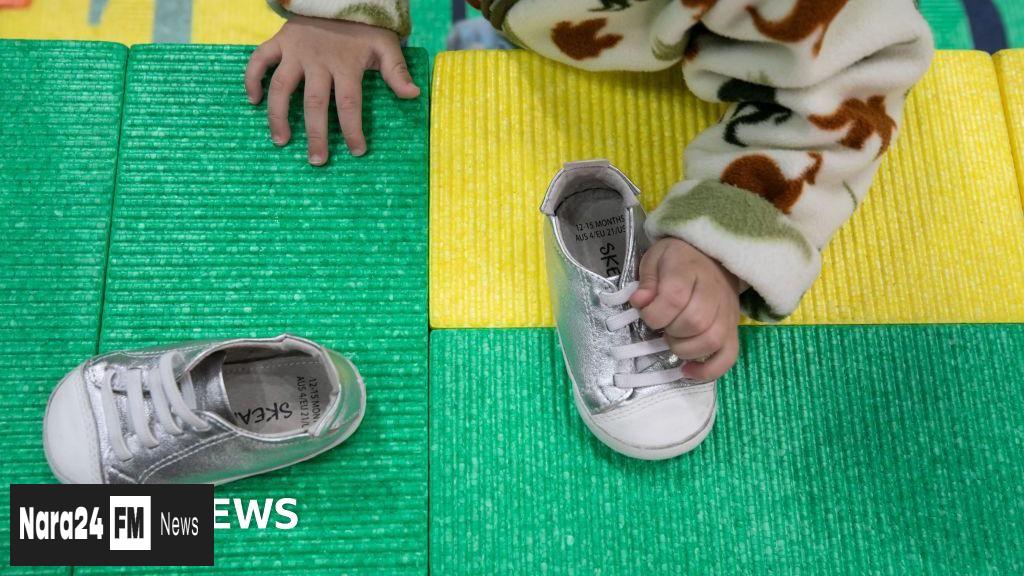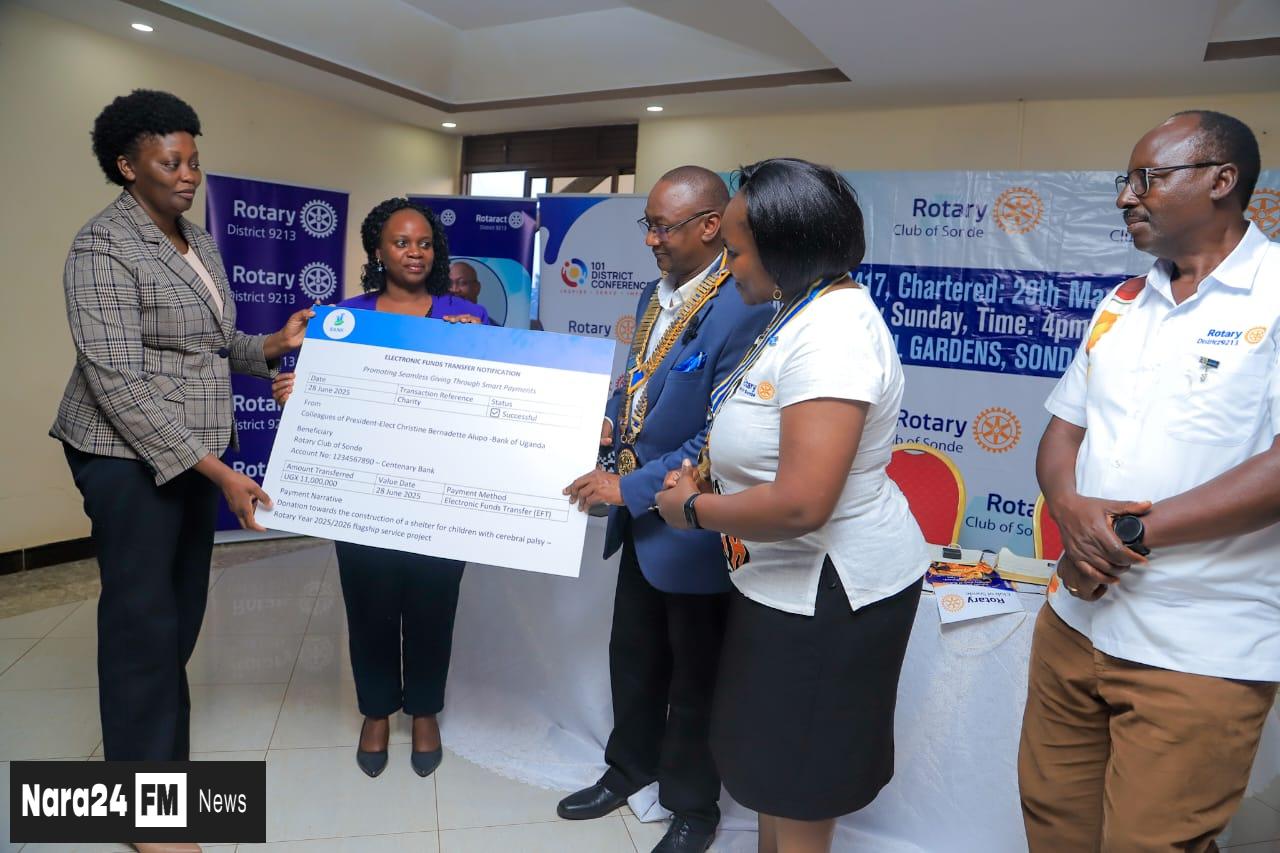In This Article
- South Korea's Fertility Clinic Boom
- The Paradox of Rising Demand Amid Low Birth Rates
- Cultural Shifts and Demographic Challenges
- The Fertility Industry's Growth and Implications
- Challenges and Resilience in Building Families
Key Takeaways
- Despite record-low birth rates, South Korea's fertility clinics are thriving due to a surge in demand for treatments.
- High education costs, long working hours, and societal expectations discourage early parenthood, leading to delayed childbearing.
- A cultural shift enables more women to plan their lives and seek fertility treatments, with one in six births in Seoul resulting from medical assistance.
- A slight increase in the birth rate to 0.75 in 2024 marks the first rise in nine years, offering a glimmer of hope.
- Fertility treatments are expensive and emotionally taxing, yet the industry is projected to grow to over $2 billion by 2030.
In South Korea, where the birth rate has hit record lows, fertility clinics are flourishing. The country's demographic crisis has created a paradox: while fewer couples are having children, the demand for fertility treatments has surged.
Kim Mi-ae, a 36-year-old Seoul resident, experienced this firsthand. After undergoing in vitro fertilisation (IVF) for her first child three years ago, she was shocked by the overwhelming crowds during her second attempt. "When I went in January, it felt like everyone had made a New Year's resolution to have a baby! Even with a reservation, I waited over three hours," she recalls.
Between 2018 and 2022, the number of fertility treatments in South Korea increased by nearly 50%, reaching 200,000 annually. In Seoul, one in six babies born last year was conceived with medical assistance. Experts attribute this boom to a cultural shift in family planning. "We have a young generation that is used to being in control of its life," says Sarah Harper, a professor of gerontology at the University of Oxford. "Now, Korean women are saying, 'I want to plan my life.'"
Despite the rise in fertility treatments, South Korea's birth rate remains critically low. In 2023, the rate dropped to 0.72 babies per woman, the lowest in the world. However, there is a glimmer of hope: in 2024, the birth rate saw a slight increase to 0.75—the first uptick in nine years. "It's a small bump, but still a meaningful one," says Seulki Choi, a professor at the Korea Development Institute's School of Public Policy and Management.
The reasons behind South Korea's demographic challenges are complex. High education costs, long working hours, and societal expectations that place childcare responsibilities primarily on women discourage many from starting families. On average, South Korean women have their first child at 33.6 years old, one of the highest ages globally.
For Park Soo-in, 35, the decision to have a child came after years of focusing on her career. "I was in a company with endless overtime, so it wasn't even something I could realistically consider," she says. After marrying and securing a job with better hours, she and her husband turned to fertility treatments when they faced difficulties conceiving.
The fertility industry is now projected to surpass $2 billion by 2030, reflecting the growing number of couples seeking help. "This is actually an important signal for policymakers that there are still some women who want to start families but are facing barriers to doing so," says Jennifer Sciubba, CEO of the Population Reference Bureau.
While IVF offers hope, it also comes with significant financial and emotional costs. "It's a huge and unpredictable expense that can really affect your finances," says Kim Mi-ae. As South Korea continues to grapple with its demographic crisis, the rise in fertility treatments highlights both the challenges and the resilience of those determined to build families.







Comments (0)
Leave a Comment
Be the first to comment on this article!